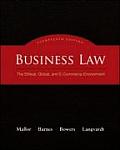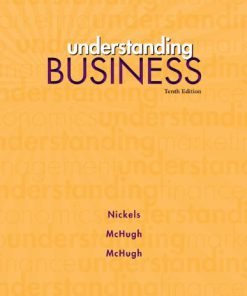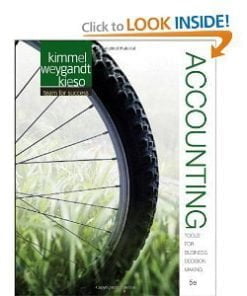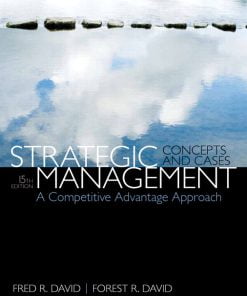Solution Manual for Electrical Engineering: Concepts and Applications S.A. Reza Zekavat
$35.00 Original price was: $35.00.$26.50Current price is: $26.50.
Solution Manual for Electrical Engineering: Concepts and Applications S.A. Reza Zekavat
Solution Manual for Electrical Engineering: Concepts and Applications S.A. Reza Zekavat digital download immediately after payment is complete.
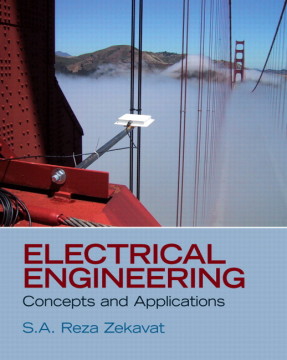
Product details:
- ISBN-10 : 0132539187
- ISBN-13 : 978-0132539180
- Author: S. A. (Reza) Zekavat
Electrical Engineering: Concepts and Applications is the result of a multi-disciplinary effort at Michigan Technological University to create a new curriculum that is attractive, motivational, and relevant to students by creating many application-based problems; and provide the optimal level of both range and depth of coverage of EE topics in a curriculum package.
Table Of Contents:
Chapter 1 Why Electrical Engineering? 1
1.1 Introduction 1
1.2 Electrical Engineering and a Successful Career 2
1.3 What Do You Need to Know about EE? 2
1.4 Real Career Success Stories 3
1.5 Typical Situations Encountered on the Job 4
1.5.1 On-the-Job Situation 1: Active Structural Control 4
1.5.2 On-the-Job Situation 2: Chemical Process Control 6
1.5.3 On-the-Job Situation 3: Performance of an Off-Road Vehicle Prototype 8
Further Reading 12
Chapter 2 Fundamentals of Electric Circuits 13
2.1 Introduction 13
2.2 Charge and Current 15
2.3 Voltage 17
2.4 Respective Direction of Voltage and Current 18
2.5 Kirchhoff?¯s Current Law 18
2.6 Kirchhoff?¯s Voltage Law 22
2.7 Ohm?¯s Law and Resistors 27
2.7.1 Resistivity of a Resistor 29
2.7.2 Nonlinear Resistors 32
2.7.3 Time-Varying Resistors 32
2.8 Power and Energy 32
2.8.1 Resistor-Consumed Power 36
2.9 Independent and Dependent Sources 38
2.10 Analysis of Circuits Using PSpice 42
Bias Point Analysis 45
Time Domain (Transient) Analysis 46
Copy the Simulation Plot to the Clipboard to Submit Electronically 47
2.11 What Did You Learn? 53
Problems 54
Chapter 3 Resistive Circuits 61
3.1 Introduction 61
3.2 Resistors in Parallel and Series and Equivalent Resistance 62
3.3 Voltage and Current Division/Divider Rules 71
3.3.1 Voltage Division 71
3.3.2 Current Division 74
3.4 Nodal and Mesh Analysis 81
3.4.1 Nodal Analysis 81
3.4.2 Mesh Analysis 88
3.5 Special Conditions: Super Node 92
3.6 Th¨¦venin/Norton Equivalent Circuits 99
3.6.1 Source Transformation 108
3.7 Superposition Principle 112
3.8 Maximum Power Transfer 118
3.9 Analysis of Circuits Using PSpice 122
3.10 What Did You Learn? 125
Problems 126
Chapter 4 Capacitance and Inductance 135
4.1 Introduction 135
4.2 Capacitors 136
4.2.1 The Relationship Between Charge, Voltage, and Current 138
4.2.2 Power 140
4.2.3 Energy 140
4.3 Capacitors in Series and Parallel 141
4.3.1 Series Capacitors 141
4.3.2 Parallel Capacitance 142
4.4 Inductors 147
4.4.1 The Relationship Between Voltage and Current 147
4.4.2 Power and Stored Energy 148
4.5 Inductors in Series and Parallel 149
4.5.1 Inductors in Series 150
4.5.2 Inductors in Parallel 150
4.6 Applications of Capacitors and Inductors 152
4.6.1 Fuel Sensors 152
4.6.2 Vibration Sensors 153
4.7 Analysis of Capacitive and Inductive Circuits Using PSpice 156
4.8 What Did You Learn? 158
Problems 159
Chapter 5 Transient Analysis 164
5.1 Introduction 164
5.2 First-Order Circuits 165
5.2.1 RC Circuits 165
5.2.2 RL Circuits 179
5.3 DC Steady State 186
5.4 DC Steady State for Capacitive¨CInductive Circuits 188
5.5 Second-Order Circuits 189
5.5.1 Series RLC Circuits with a DC Voltage Source 189
5.5.2 Parallel RLC Circuits with a DC Voltage Source 196
5.6 Transient Analysis with Sinusoid Forcing Functions 198
5.7 Using PSpice to Investigate the Transient Behavior of RL and RC Circuits 201
5.8 What Did You Learn? 207
Problems 208
Chapter 6 Steady-State AC Analysis 215
6.1 Introduction: Sinusoidal Voltages and Currents 215
6.1.1 Root-Mean-Square (rms) Values (Effective Values) 220
6.1.2 Instantaneous and Average Power 221
6.2 Phasors 222
6.2.1 Phasors in Additive or (Subtractive) Sinusoids 224
6.3 Complex Impedances 225
6.3.1 The Impedance of a Resistor 225
6.3.2 The Impedance of an Inductor 225
6.3.3 The Impedance of a Capacitor 226
6.3.4 Series Connection of Impedances 228
6.3.5 Parallel Connection of Impedances 229
6.4 Steady-State Circuit Analysis Using Phasors 231
6.5 Th¨¦venin and Norton Equivalent Circuits with Phasors 239
6.5.1 Th¨¦venin Equiv
People also search:
|
electrical and electronic engineering degree jobs
|
electrical and electronics engineering interview questions and answers
electronic systems engineering technology vs electrical engineering
electrical engineering vs electronics engineering which is better
what after electrical and electronics engineering
Related products
Solution Manual
Management Information Systems Managing the Digital Firm Laudon 14th Edition Solutions Manual
Solution Manual
Solution Manual
Understanding Business Nickels 10th Edition Solutions Manual
Solution Manual
Solution manual for Accounting: Tools for Business Decision Making Kimmel Weygandt Kieso 5th Edition
Solution Manual
Solution Manual for Absolute C++, 5/E 5th Edition Walter Savitch
Solution Manual
Solution Manual
International Business Competing in the Global Marketplace Hill 10th Edition Solutions Manual





